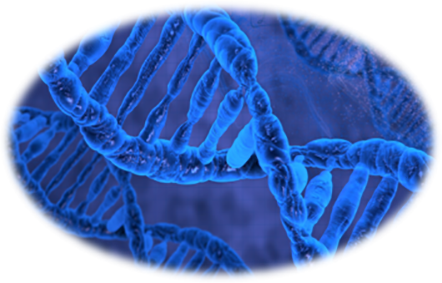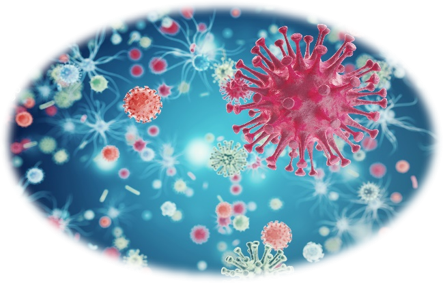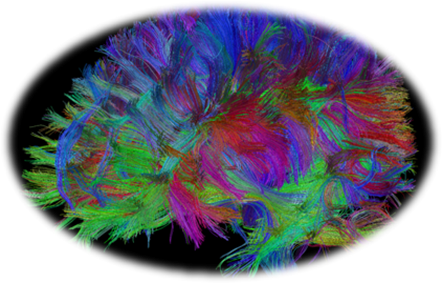Because the exact pathogenesis of Alzheimer’s disease (AD) is still unclear, and there is no objective diagnostic criteria and biomarkers, the research and development of innovative therapeutics for AD has always been a great challenge. In recent years, a number of promising research and development projects for Alzheimer’s treatment have failed, which has forced us to reflect on these failures. Alzheimacy believes that the development of Alzheimer’s treatment depends on the in-depth understanding of the pathogenesis of the disease. We will use our integrated technology platform to advance basic research on the pathogenesis and biomarkers of AD. In addition, we are willing to cooperate with scientists or research institutions in the fields of molecular and cell biology, neuropathology, genetics, imaging, and cognitive neuroscience to promote the development of basic research on AD.
Our Integrated Technology Platform
Genetics & Epigenetics
Understanding the role of genetic factors in the pathology by looking for disease-related genetic risk factors is an important pathway to analyze the etiology of AD. Our goal is to discover novel genetic risk factors for this disease, including new AD candidate genes and genetic variation of genetic risk factors, and to study the relationship between environment, aging or other diseases and risk factors of AD at the genetic level. Our genetic and epigenetic techniques include, but are not limited to:

Molecular Biology & Cell Biology
One of the main features of AD is the accumulation of misfolded proteins. With the rapid development and application of cryo-electron microscopy (Cryo-EM), it helps us better understand the structure of neurotoxic proteins. Furthermore, with the establishment of induced pluripotent stem cell (iPSC) models and the development of single-cell analysis techniques, we can recognize the biological processes that make certain cell types vulnerable to pathological damage while not damaging other cells. Our capabilities in molecular and cell biology include, but are not limited to:

Microbiology
There may be many viral and even bacterial species in the brain that could be a contributing factor to neurological diseases such as AD. Therefore, the study of the relationship between microbial species and AD, as well as the interaction and underlying molecular mechanism between microorganisms and host cells may shed light on us. Our experience in microbiology includes, but is not limited to:

Brain Imaging
The study of brain imaging helps to observe the main pathological features and metabolic activity changes of AD, and contributes to behavioral research and drug testing, thus helping to understand the pathophysiological mechanism of the disease. Our advanced imaging techniques include:

Stem Cell Model & Animal Model
Appropriate models and associated knowledge that can be used for pathogenesis studies are essential. Through the long-term accumulation of model creation and assessment, we have a variety of stem cell models (including human stem cell models) and animal models (mice, rats, and non-human primates) for basic research in AD. We also welcome scientists who are focused on the treatment of AD to discuss strategies for developing specific models in the future. Our capacity includes, but is not limited to:

Data Processing & Interpretation
The exciting experimental conclusion benefits from the in-depth processing and analysis of experimental data. With the development of various omics, bioinformatics has been widely used in data mining. To study how the cellular activities are altered in different states, the biological data are combined to form a comprehensive picture, an aerial view of the involved biological activities. Our capacity includes, but is not limited to:

Our Current Research Direction
Some of the neuropathologic features of AD have been well characterized, but it is still unclear which mechanisms are responsible for the occurrence and development of the disease. Both Aβ plaques and neurofibrillary tangles, as well as cholinergic neuron damages, oxidative stress, and inflammatory reactions, are observed in AD patients. All these pathological expressions obviously linked to each other, but it is rather complicated to determine the chicken and egg within the global AD process. However, we expect to discover novel risk factors, to deeply understand the relationship between these risk factors and to elucidate the underlying molecular mechanisms by integrating multidisciplinary data sets, thus promoting basic research on early diagnosis and treatment of the disease.
Genetic Risk Factors
Abnormal Accumulation of Protein
Neuronal Dysfunction
Inflammatory Reactions
Microbial Infection
Biomarkers
Other